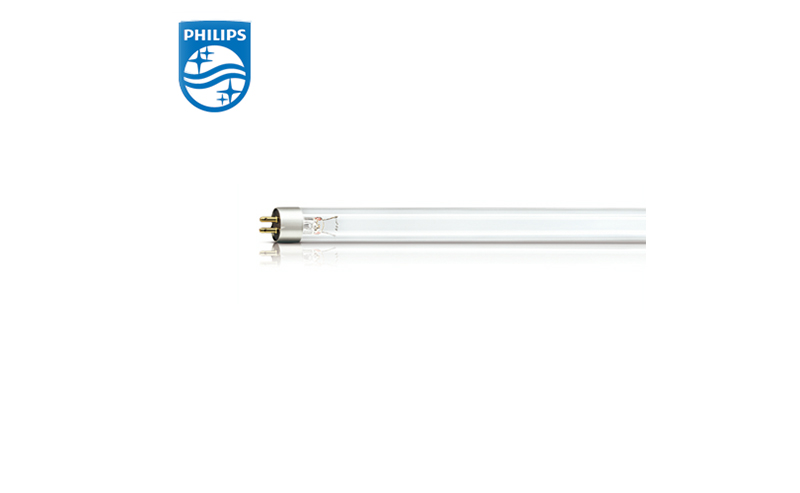What is the difference between tube light and fluorescent tube?
Functionality and Features:
Tube lights and fluorescent tubes are both types of lighting fixtures commonly used in various indoor and commercial settings. While they share similarities in terms of design and functionality, there are distinct differences between the two.
Tube Lights:
Tube lights, also known as LED tube lights, utilize light-emitting diodes (LEDs) to produce illumination.
They offer energy-efficient lighting solutions with lower power consumption compared to traditional fluorescent tubes.
Philips LED tube lights come in different color temperatures, including warm white, cool white, and daylight, providing flexibility in lighting ambiance.
These lights have a longer lifespan and are more durable than fluorescent tubes, reducing maintenance and replacement costs over time.
Fluorescent Tubes:
Fluorescent tubes rely on phosphor coating and mercury vapor to produce light when an electric current passes through them.
They are known for their high efficiency in converting electrical energy into visible light, making them a popular choice for large-scale lighting applications.
Fluorescent tubes typically emit a cool white or daylight color temperature, suitable for environments where bright, white light is desired.
However, fluorescent tubes have a shorter lifespan compared to commercial tube lights and may require more frequent replacements, resulting in higher maintenance costs.
Advantages and Disadvantages:

Tube Lights:
Advantages:
Energy-efficient operation, leading to lower electricity bills.
Longer lifespan and reduced maintenance requirements.
Eco-friendly, as they do not contain harmful substances like mercury.
Instant start without flickering or warm-up time, providing immediate illumination.
Disadvantages:
Higher initial cost compared to fluorescent tubes.
Limited availability of color temperature options in some models.
Fluorescent Tubes:
Advantages:
High efficiency in converting electrical energy into visible light.
Wide availability and compatibility with existing lighting fixtures.
Cost-effective solution for large-scale lighting installations.
Disadvantages:
Shorter lifespan and higher maintenance costs due to frequent replacements.
Contains mercury, posing environmental and health hazards if not disposed of properly.
Susceptible to flickering and warm-up time, leading to delayed illumination.
Performance Metrics and Differences:
Brightness: LED tube lights typically offer higher brightness levels compared to fluorescent tubes, especially in newer models with advanced LED technology.
Color Temperature: LED tube lights offer a wider range of color temperature options, including warm white, cool white, and daylight, whereas fluorescent tubes are limited to cool white and daylight options.
Lifespan: LED tube lights have a longer lifespan, ranging from 25,000 to 50,000 hours, compared to fluorescent tubes, which typically last between 7,000 to 15,000 hours.
Energy Efficiency: LED tube lights are more energy-efficient, consuming less power and producing less heat compared to fluorescent tubes, resulting in lower electricity bills and reduced environmental impact.
In conclusion, while both tube lights and fluorescent tubes serve similar purposes in providing illumination, their differences in functionality, features, advantages, and disadvantages make each suitable for specific applications. Understanding these distinctions can help users make informed decisions when selecting the appropriate lighting solution for their needs.
- Previous: None
- Next: Everything You Need to Know About LED Headlight Bulbs in the Automotive Industry
- 0



